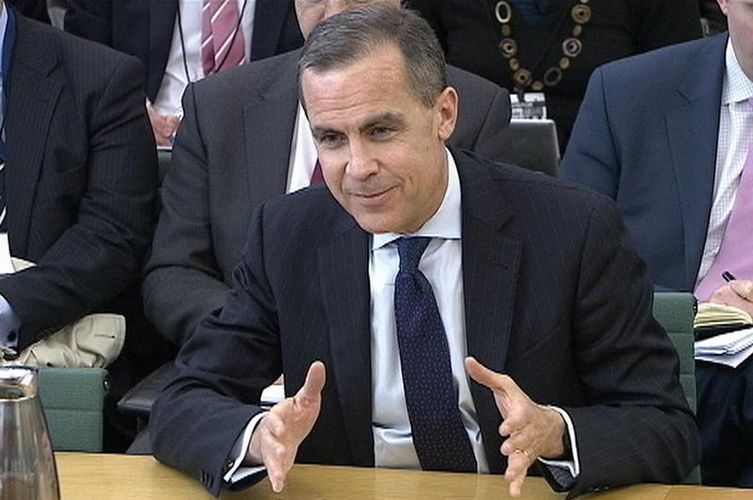
Divyang Shah, Senior IFR Strategist
Which template should the BoE follow when it comes to forward guidance?
The Fed and ECB have two different approaches to forward guidance.
FED: It is interesting that despite the Fed having forward guidance language that is based on numerical thresholds the market has persisted in pricing in the prospects of a higher path for the Fed Funds rate. There have been a volume of Fed speakers looking to point out that the markets have it wrong but talk is seen as cheap and not credible. For the Fed the problem is not so much the forward guidance but the fact that their communication over tapering QE has provided markets with little confidence that they won’t surprise on interest rates.
ECB: The ECB on the other hand has the problem that its forward guidance is not explicit enough and the mantra that policy will be accommodative for “as long as is needed” is insufficient. The ECB has woken up to the prospect that it needs to change how it communicates in order to give the forward guidance more bite. This is something that the markets will be keenly watching at the conclusion of the meeting on Thursday (July 4).
We know that the new governor Carney favours forward guidance. This has become an even more important topic for the BoE now that incoming data is showing strength and the BoE will not want this to lead to an excessive tightening of monetary conditions. The last thing that the BoE will want is for the market to price in higher rates and for bond yields to move higher.
There are two potential choices for the BoE in the path it wants to pursue with regards to forward guidance, either the Fed route or the ECB route. It seems likely that given the difficulty with getting inflation to be on target they will shun numerical thresholds in favour of more explicit language that simply provides the BoE’s best estimate (guess) as to when rates will stay at the current historically low level.
We can potentially see the BoE surprise at its meeting on July 4 with forward guidance instead of waiting until the August meeting. The focus of attention has turned from providing the economy with added stimulus to making sure that the stimulus continues to work its magic.
Forward guidance is something that the BoE is likely to adopt and we remain biased toward receiving 1y1y GBP as well as look for normalisation. Specifically we suggested receiving 1y1y GBP at 1.10% which is currently at 1.01%.


